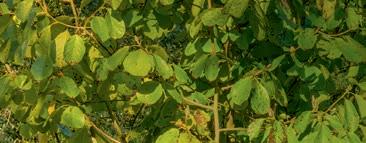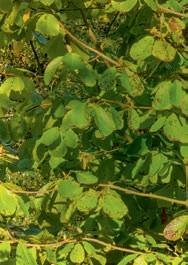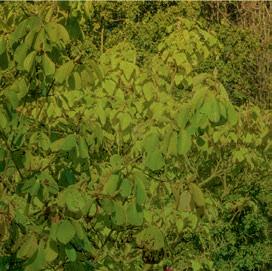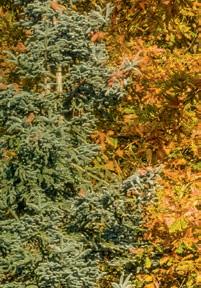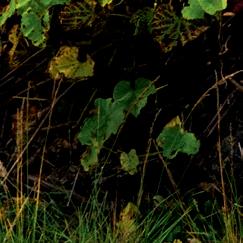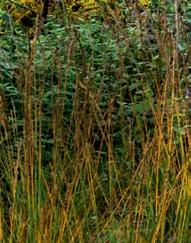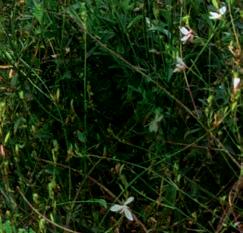














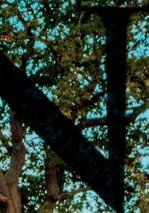

































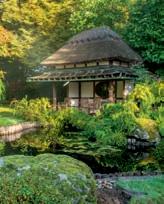
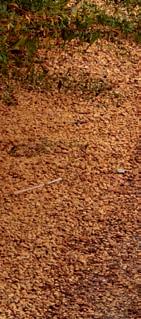

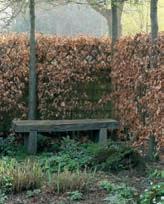







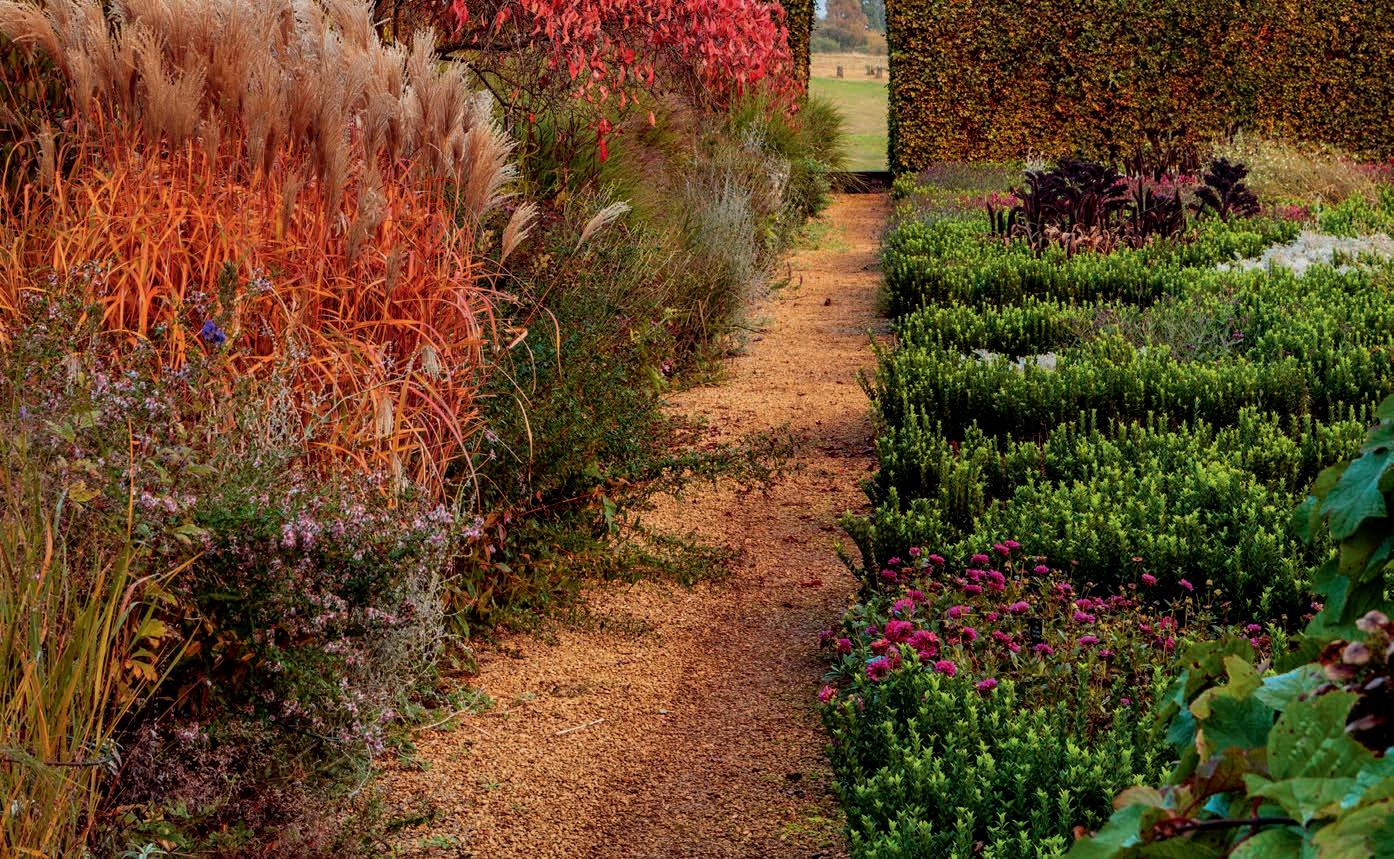
Walled gardens are an everyday feature of large country estates, but the splendid example at Broughton Grange defies all expectation. Rather than being a tucked-away working area for growing flowers and vegetables, it’s arguably the visual centrepiece of this intricate 25-acre garden. As for the walls, there are only two: on the west and north sides. The eastern edge is bordered by a series of neatly clipped beech tunnels, while the southern boundary is left open with the Oxfordshire countryside spread out rather like a stage set before it.
It’s this considered use of its elevated position that lends the walled garden its magic, according to head gardener Andrew Woodall. “We’ve got this amazing backdrop,” he enthuses. “We can’t buy that landscape and we can’t rent it, but we can borrow it. For me, it’s the icing on the cake.” In autumn it turns wonderful shades of gold and rust, echoing the colours of the three terraces that make up the walled garden. There are biscuit tints in the beech topiary, cornus turns scarlet and the seedheads of grasses that weave through herbaceous perennials catch the soft light. “Each terrace flowers at a slightly different
“We can’t buy that landscape and we can’t rent it, but we can borrow it. It’s the icing on the cake”
stage, but you get the continuity of topiary running all the way through,” says Andrew, who came to Broughton Grange in 2006 and now heads up a team of full-time, part-time and seasonal workers.
The walled garden was redesigned by Tom Stuart-Smith and completed in 2001. The top terrace features prairie-style planting – salvias, geraniums and Digitalis grandiflora – punctuated by smart columns of clipped yew. It’s home to a greenhouse that raises pot plants, tomatoes and seedlings. Elsewhere shaped apple trees enclose a fruit cage, while stepover apples edge beds that are filled with beans, lettuce and rhubarb.
The planting, while designed to peak in summer, has plentiful autumn and winter interest thanks to the many grasses, including Calamagrostis brachytricha, the Korean feather reed grass, and molinia, and the practice of leaving herbaceous perennials, such as phlomis, Eryngium x zabelii and achillea, standing until late December. The central terrace is dominated by a large, rectangular pool with raised pavers acting as stepping stones down one side of it. Beech topiary adds year-round

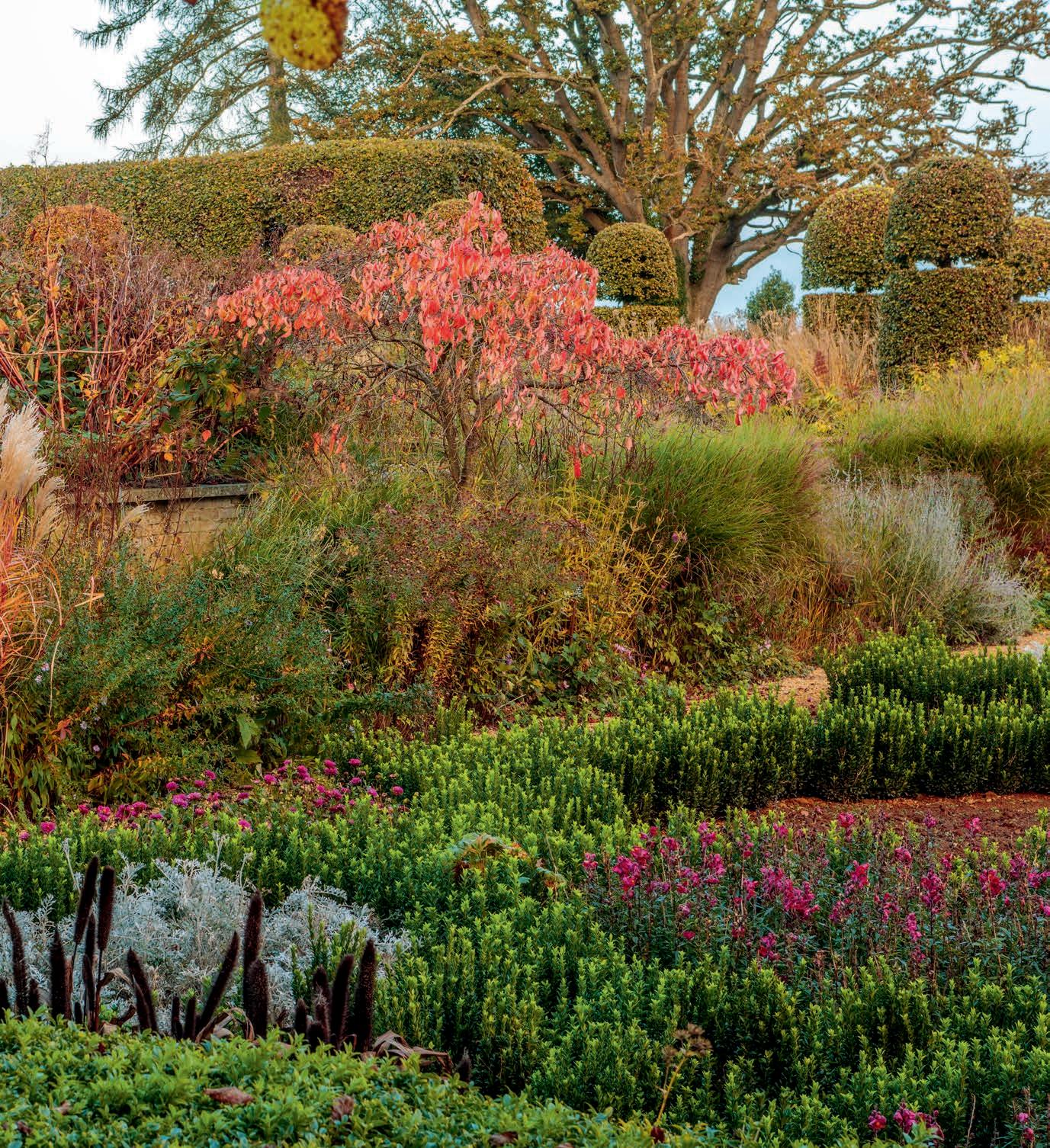

On the south-western edge of St Albans, winding paths lead into a heart-warming garden that embraces autumn flowers and family memories. The borders are as vibrant and colourful as most gardens’ in midsummer, and although the plot is only 53m by 12m it seems far larger thanks to mature trees and shrubs creating structure and curving paths offering tantalising glimpses around every corner.
When Heather and Peter Osborne moved here in 1988, the long rectangular garden consisted of an uninspiring lawn and a collection of straggly conifers. Family life fully occupied Heather’s time until, in 1993, she began to make changes to the garden. After completing the RHS Level 2 in Horticulture and a garden design course at nearby Oaklands College, Heather added south-facing beds across the garden to divide the space and meandering paths to lead the eye (and the feet) on a botanical journey of discovery.
She recalls how difficult the heavy red clay was to work with at first: “It was full of flints and stones, like a bog in winter and rock hard in summer, with so much clay that you could make pots out of it!” She enlisted the help of her teenage children and together they laid the stones into “lots of little paths that go in and around” and added so much grit, sharp sand and home-made compost that the beds all now have workable fertile soil – although she still encounters pockets of clay from time to time.
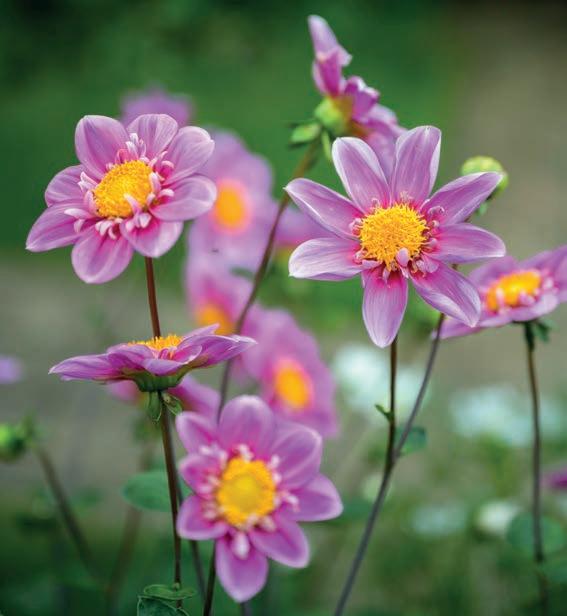
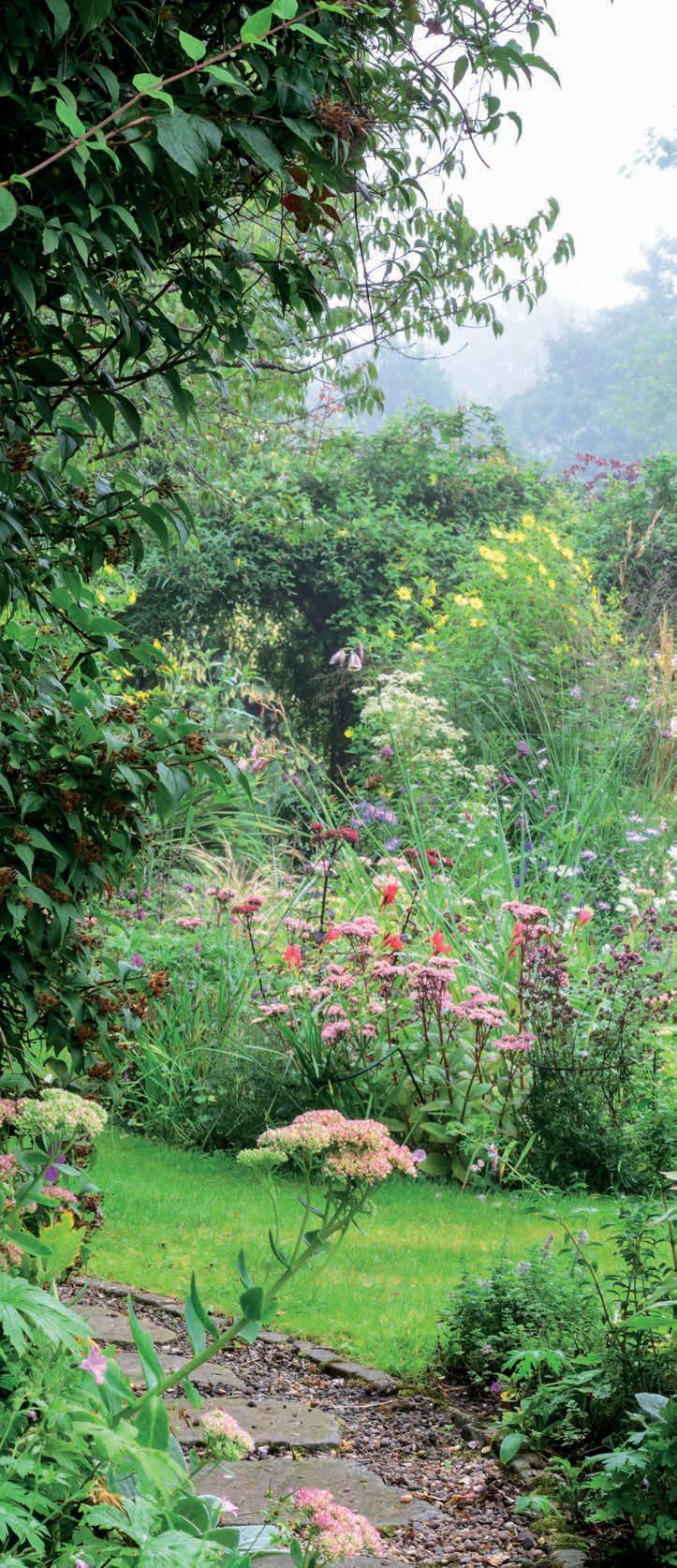


Over the past 35 years, Heather has planted specimen trees to create privacy and focal points around the garden. Initially, your eye is drawn to the pale-edged foliage of Cornus alternifolia ‘Argentea’, the silver pagoda dogwood, then onto a central Cornus controversa ‘Variegata’, with elegant tiered branches that provide a striking contrast of colour and form, with a large birch tree at the end of the garden. Heather is enthusiastic about all cornus species, especially the flowering dogwoods: “I love the fact that you get a long season with them and then you get the little strawberry-like fruits.”
For Heather, many of the trees in the garden are imbued with personal meaning. “I’ve got lots of memory trees,” she says. “I planted Prunus serrula ‘Dorothy Clive’ in memory of my mum.” She explains that this Tibetan cherry came from the Dorothy Clive Garden in Shropshire, one of the special places she used to visit with her mother. Other memory trees with superb winter bark include the birches Betula utilis subsp. jacquemontii and Betula ‘Fascination’, planted to celebrate the birth of her first two grandchildren.
The understorey is densely planted with ferns, low grasses and hostas that add texture and provide a
Above The path gently curves down the length of the garden, beyond the terrace with its tabletop collection of potted sempervivums.
Left A bed of droughtresistant planting that includes late-flowering sedums and verbenas. Far left Pink collarette Dahlia ‘Hartenaas’.


